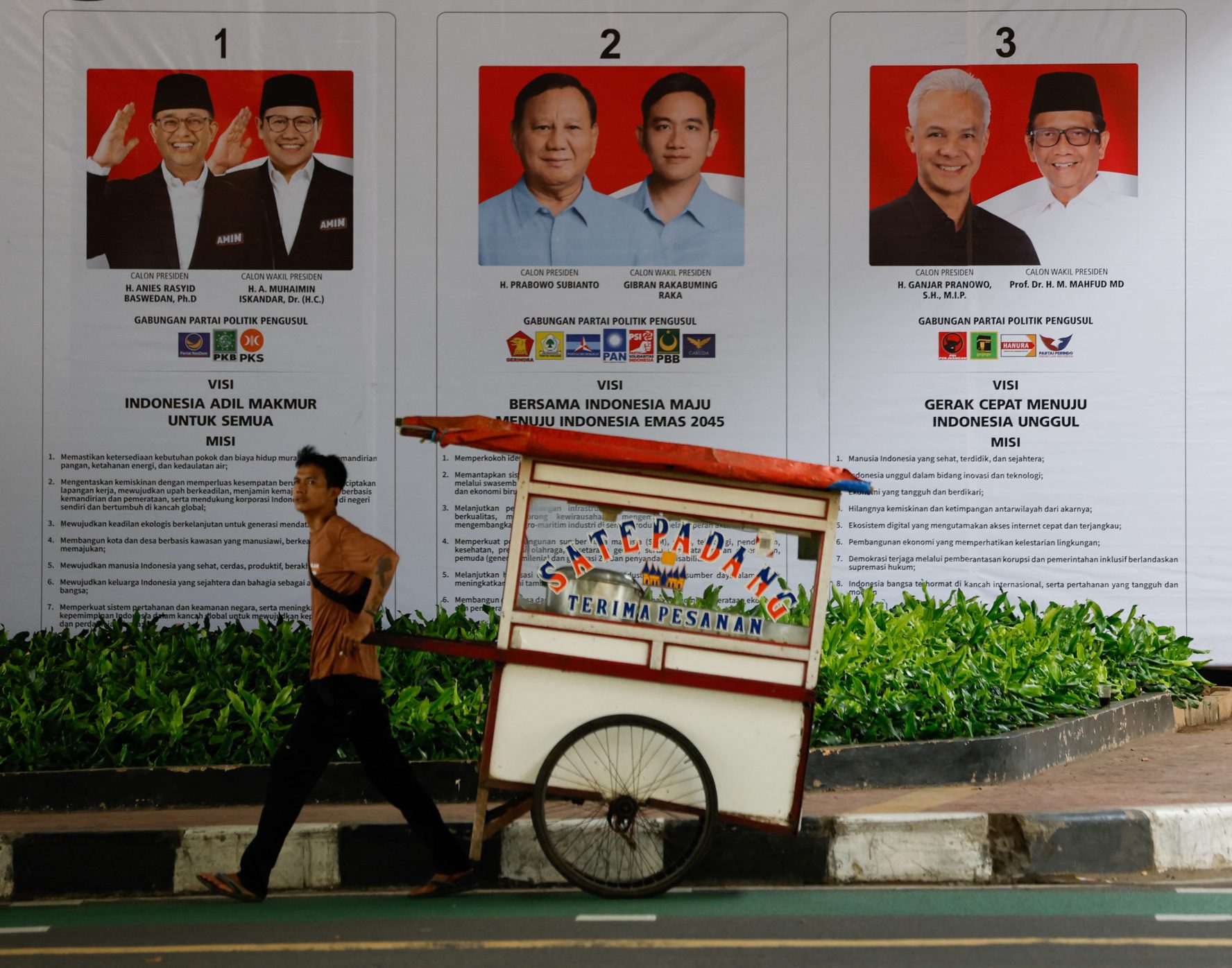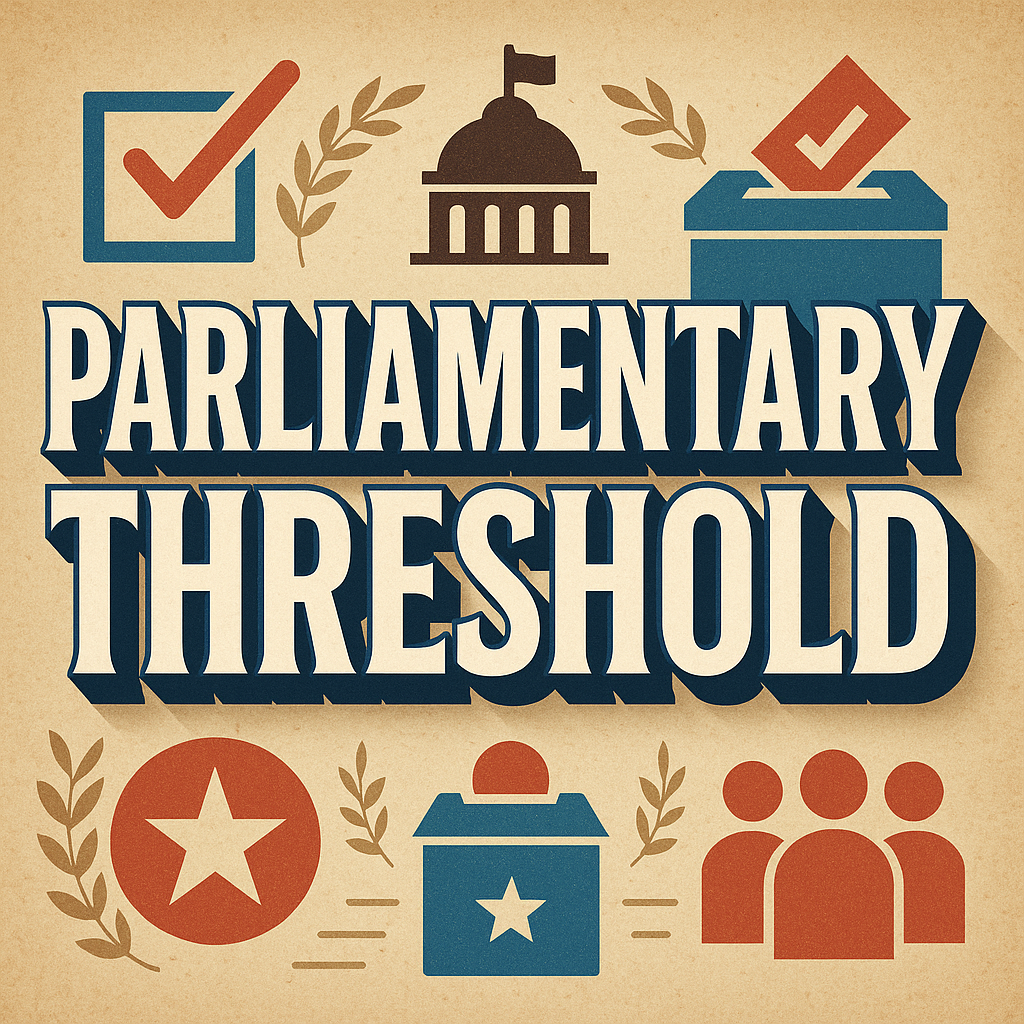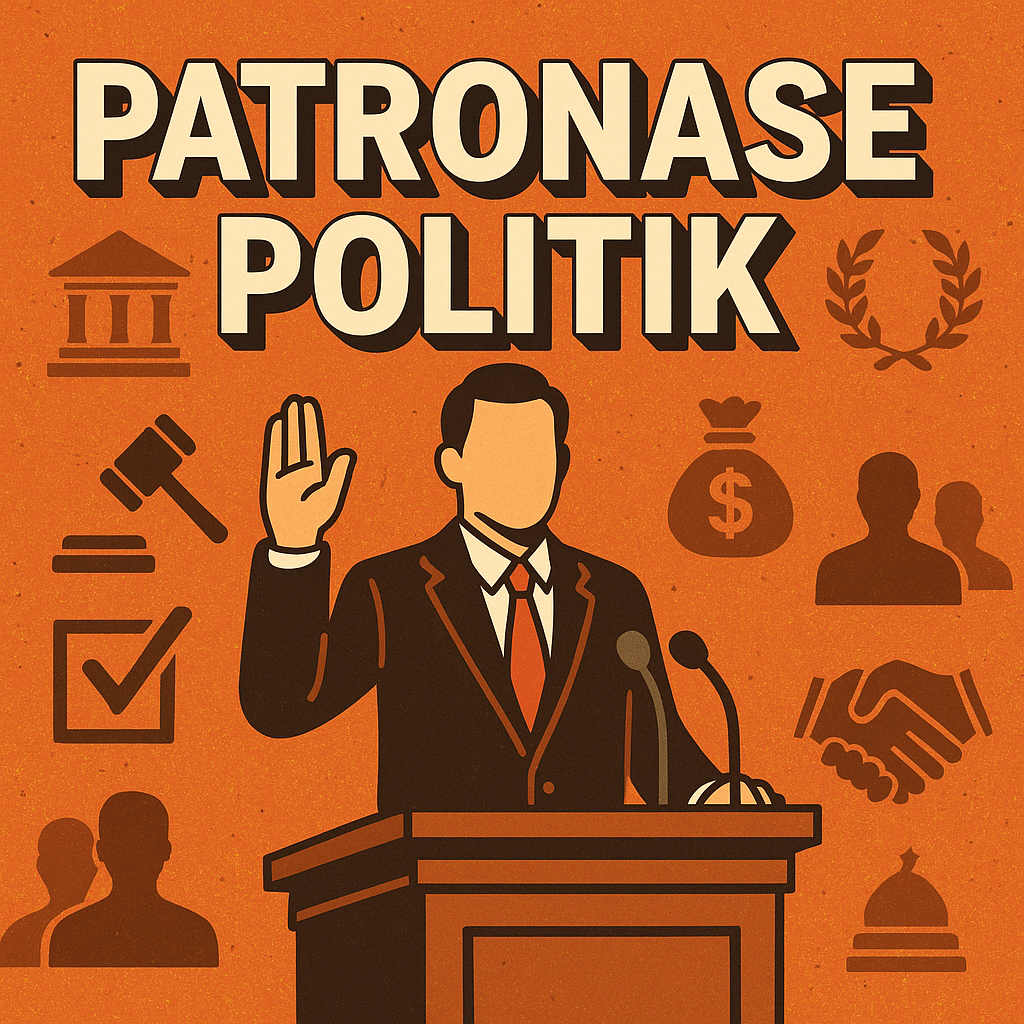Digital Campaigning: How Social Media Shapes Elections in Indonesia and Changes the Game
JAKARTA, turkeconom.com – Digital Campaigning: How Social Media Shapes Elections in Indonesia is something that’s changed the whole political game here. Back in the day, I thought sticking posters and making banners was enough. Wrong move! Today, candidates and their teams are obsessed with social media—and honestly, I totally get why.
Digital campaigning has revolutionized the way parties and candidates connect with voters in Indonesia’s fast-growing democracy. By leveraging social media platforms, targeted ads, and real-time engagement tools, political actors can now reach millions of Indonesians instantly, shape public discourse, and mobilize support like never before. In this article, we explore the rise of digital campaigning, its impact on electoral outcomes, the strategies behind successful online outreach, and the challenges that lie ahead.
The Evolution of Digital Campaigning in Indonesia

- Early Experimentation (2014–2019)
• Static websites and email blasts formed the first wave of online outreach.
• Facebook and Twitter emerged as primary channels for announcements and fundraising. - Maturation and Mobile-First Focus (2019–2024)
• Rapid smartphone adoption shifted emphasis to Instagram, TikTok, and WhatsApp.
• Candidates began hiring digital strategists, data analysts, and influencer partnerships. - The 2024 Presidential Election
• Live streams, interactive polls, and ultra-personalized ads dominated campaign tactics.
• Grassroots movements used Telegram and WhatsApp groups to coordinate volunteers and micro-donations.
Impact on Voter Engagement and Mobilization
- Real-Time Interaction
• Town-hall livestreams and Q&A sessions allow direct dialogue, boosting trust and transparency.
• Chatbots on Messenger and WhatsApp answer FAQs, register volunteers, and remind supporters to vote. - Micro-targeting and Personalization
• Data analytics platforms segment audiences by age, location, interests, and voting history.
• Tailored messaging—on everything from infrastructure promises to local cultural pride—improves conversion rates. - Peer-to-Peer Influence
• “Share” features and viral hashtags transform ordinary citizens into campaign ambassadors.
• Meme culture and short-form video challenges engage younger demographics in political discourse.
Key Platforms and Strategies for Digital Campaigning
- Facebook & Instagram Ads
• Carousel ads highlight candidate profiles, policy points, and testimonials.
• Lookalike audiences expand reach to voters with similar digital footprints. - TikTok & YouTube Shorts
• Bite-sized videos showcase behind-the-scenes campaign moments and personality.
• Collaborative “duets” with influencers tap into trending sounds and formats. - WhatsApp & Telegram Groups
• Encrypted chats organize volunteers, share event invites, and distribute campaign materials.
• Broadcast lists deliver SMS-style updates directly to supporters’ phones. - Live Streaming & Interactive Features
• Poll stickers, quizzes, and comment-driven segments fuel engagement and gather real-time feedback.
• Virtual rallies reduce geographic barriers and amplify turnout signals.
Challenges and Risks
- Misinformation and Fake News
• Deepfakes, doctored images, and rumor mills can spread faster than fact-checking mechanisms.
• Digital literacy programs are essential to help voters discern credible sources. - Privacy Concerns and Data Misuse
• Harvesting personal data for hyper-targeted ads raises legal and ethical questions.
• Stricter regulations (e.g., Indonesia’s PDP Law) aim to protect citizens but require robust enforcement. - Digital Divide
• Rural areas with limited connectivity remain under-served by online campaigns.
• Offline mobilization and traditional media still matter for reaching marginalized communities.
The Future of Digital Campaigning in Indonesia
- Artificial Intelligence & Predictive Analytics
• AI-driven sentiment analysis will help campaigns adapt messaging on the fly.
• ChatGPT-style bots may provide personalized policy explanations to undecided voters. - Regulatory Evolution
• Greater transparency mandates around political ad spending and data sources are under discussion.
• Collaboration between government, platforms, and civil society will shape a safer digital election ecosystem.
Conclusion
Digital campaigning is no longer optional—it’s a decisive factor in the outcome of Indonesian elections. By mastering social media channels, harnessing data analytics, and maintaining ethical standards, candidates can engage voters more authentically and secure broader support. However, combating misinformation, safeguarding privacy, and bridging the digital divide remain critical tasks. As technology and regulations evolve, Indonesia’s digital campaigning landscape will continue to transform the democratic process and redefine how power is won at the ballot box.
Sharpen Your Skills: Delve into Our Expertise on Politic
Check Out Our Latest Piece on National Identity: The Fabric that Binds Indonesia Together!










